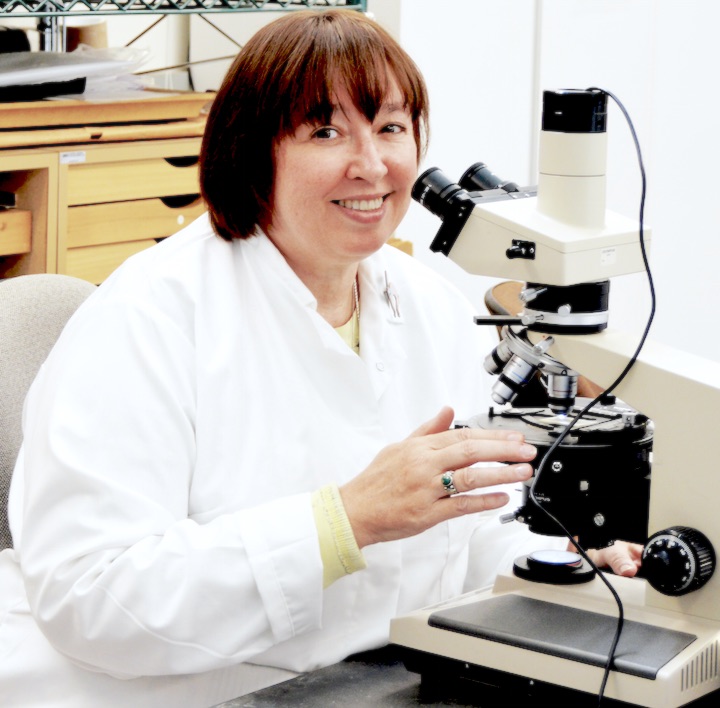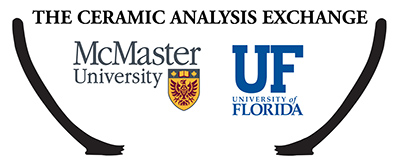
Coalescence and the Spread of Glaze Painted Pottery in the Central Rio Grande: The View from Tijeras Pueblo (LA 581), New Mexico
January 26, 2021, 1:00 PM EST
Professor Judith A. Habicht-Mauche
Department of Anthropology
University of California
The Ceramic Analysis Exchange is a collaborative effort between students and faculty from the Laboratory for Interdisciplinary Research on Archaeological Ceramics (LIRAC) at McMaster University, and the Ceramic Technology Lab (CTL). These meetings provide an opportunity for researchers to share ideas and discuss methods and theory related to ceramics in an informal setting. We are pleased to open up our meeting to everyone who’s interested at 1:00pm EST on January 26, when we have Dr. Judith Habicht-Mauche as our guest speaker.
Abstract: The concept of coalescent communities has been widely used by North American archaeologists and ethnohistorians as a framework for understanding cultural responses to social upheaval. In this presentation I will explore how the concept of coalescence helps us to understand the processes that led to the emergence of aggregated settlements and communities in the Albuquerque District of the Central Rio Grande in the Eastern Pueblo region around the turn of the fourteenth century. I argue that such communities emerged as strategic local responses to increasingly stressful and disruptive social and demographic trends on a macroregional scale. Specifically, I use various ceramic materials analysis techniques (NAA, petrography, lead isotope analysis, and LA-ICP-MS), in conjunction with settlement data, from the site of Tijeras Pueblo (LA581) to trace how the circulation and transformation of culturally situated knowledge and practice about how to properly make and use glaze-painted pottery was implicated in locally constituted coalescent processes of community and identity formation.
Please register in advance for this meeting: Zoom Registration
